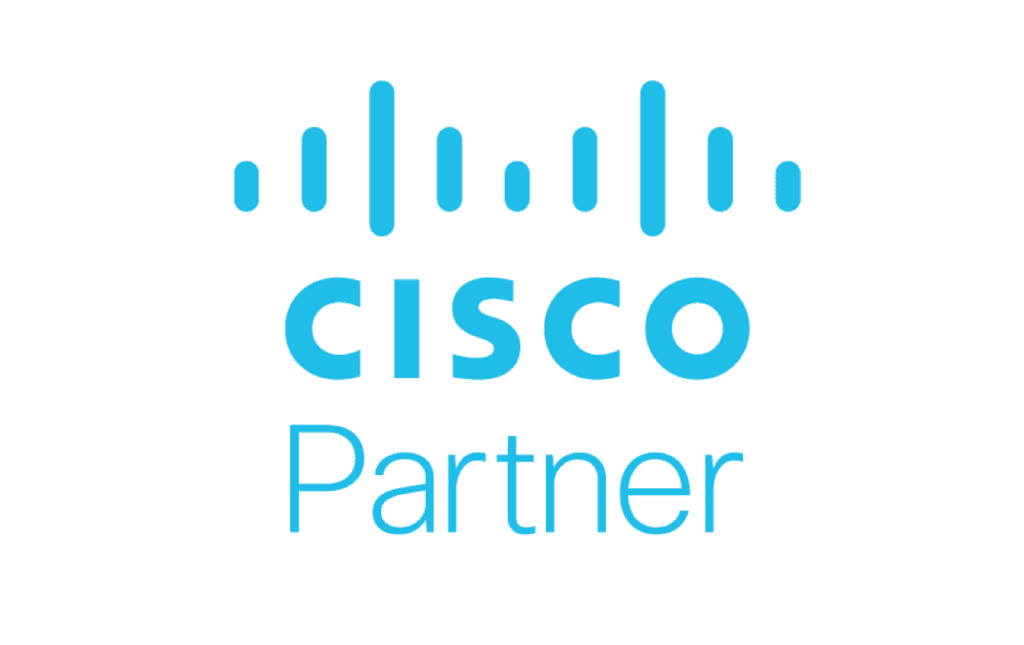Also a key part of enterprise IT environments are Unified Communication (UC) management solutions that unify and automate all UC application services such as phone, email, video conferencing, text messaging, and other online collaboration features, end-user devices, and network infrastructure configuration. UC is essential because it makes communication efficient inside and outside the organization, which is especially vital for enterprises with thousands of employees and clients.
When these two aren’t integrated (which is very often the case), challenges arise on what otherwise should be smooth, straightforward operations. This blog post will explore the benefits of integrating ITSM systems like ServiceNow ITSM and UC Management solutions, and why enterprises should seek a UC lifecycle management solution that offers such integration if they want an effective and efficient organization.
What happens when your ITSM and UC management solution ARE NOT integrated?
When someone new joins your company it’s HR’s responsibility to make sure they get everything they need in order to start working. For example, a computer, a mouse, and set up on the UC UC with a phone number, a phone, voicemail etc. When the ITSM and the UC management solution are not integrated the scenario for getting the ball rolling here looks a lot like this:
- HR submits a ticket on Service Now requesting that John Doe be set up on the UC
- The IT Admin decides which UC features are relevant for the employee and assigns the ticket to a UC engineer to set up the phone etc.
- An engineer will eventually resolve the ticket
This task should take just a few minutes to complete, but of course depending on the workload of the engineering team, it’s been known to take days or even weeks in really extreme cases. The real question here though is whether engineering teams should even be dealing with these kinds of day-to-day UC tasks in the first place.
What happens when your ITSM and UC management solution ARE integrated?
When the ITSM is integrated with the automated UC Lifecycle Management solution, the scenario looks a bit different:
Scenario 1:
- HR completes the process and the UC management solution completes all the provisioning automatically
Scenario 2:
- If additional info is required, HR submits ticket request
- The IT admin receives the ticket and fills in the missing information such as Mac address or serial number, and the UC management solution will automatically perform the task.
In this case, with the ITSM and the UC management solution actually integrated and communicating with one another, engineering teams no longer need to go into the UC to perform day to day provisioning tasks, but rather the UC management solution performs them automatically as directed by the ITSM. Talk about a time saver. ServiceNow orchestrates and triggers the events, and the actions are performed by the UC management system.
All in all, this type of integration enables standardization across the enterprise and frictionless efficiency among UC administrators and HR and IT professionals, giving engineering teams the time to focus on more critical technical tasks. The consequences of integrating these critical business needs are bound to take any enterprise to a whole new level of efficiency and growth.
What are the benefits of integrating ITSM and UC provisioning software?
Integration offloads the burden from the IT engineers, enabling other members of the organizations like Human Resource managers to take over simple repetitive technical tasks. For example, the HR manager will be able to execute simple time-sensitive HR tasks like provisioning and onboarding and call forwarding, to name a few.
Moreover, employees will no longer have to wait or depend on IT engineers to resolve tickets, but will be able to get essential day-to-day business operations done faster. This way, HR teams can provide smoother and faster onboarding processes that make large organizations much more efficient, not to mention making new employees and their managers satisfied from day one.
Here are a few of the benefits employees and enterprises enjoy when integrating ITSM and UC:
- User-friendly self-service portals that make it easy for end-users to manage applications and features
- Non-technical personnel can manage provisioning and approval processes
- Reduce misconfiguration and outages by automating standard, repeatable tasks (onboarding, call forwarding, etc.)
- Enterprises can optimize repeatable IT service requests
UC and ITSM integration helps synchronize internal corporate platforms for fast provisioning, saving enterprises time, money, and employee frustration. Not to mention the boost in employee satisfaction and retention. But that’s not all.
How UC management and ITSM integration affects IT departments
Integrating IT Service Management (ITSM) and Unified Communications is essential for the IT department to start operating more effectively, and should be leveraged to help IT departments reduce workload and speed up time-consuming processes like setting up telephony systems and other simple day to day tasks.
Freeing up the IT department to address more complex functions that enhance the company’s value is totally achievable here, and it is the responsibility of the IT department to optimize its operations by managing the organization’s IT assets efficiently to ensure the company stays competitive and meets business goals.
That’s why a growing IT service management strategy will rely on three key factors:
- Capturing process relevance for all areas of operations
- Integrating IT services with other technical solutions seamlessly
- Ensuring appropriate levels of availability and performance to meet the needs of the organization on time
Your IT department will experience increased productivity, customer satisfaction, and remote access capabilities and, at the same time, give employees greater flexibility without sacrificing security.
How to integrate your UC system with ITSM
In order to ensure fluid business continuity, with zero downtime so everyone can continue working in sync, it’s important to integrate your ITSM with your UC suite and the best way to do this is with Tuki’s automated UC lifecycle management solution.
Tuki is a cloud-based automated UC management system that optimizes business processes, boosts efficiency, and gets complex day-to-day operational tasks done faster across the organization. If you’re ready to take the load off your IT, boost productivity and efficiency and start providing fast and automated IT solutions to your employees, this is the time to integrate your ITSM and UC. Tuki is here to help. Click here to get started.










